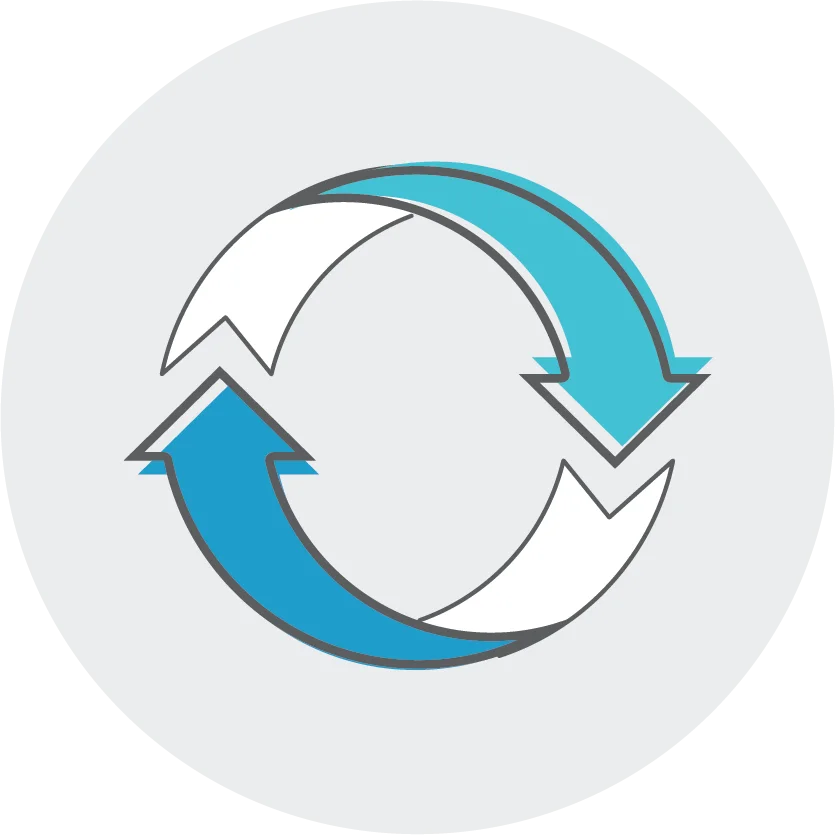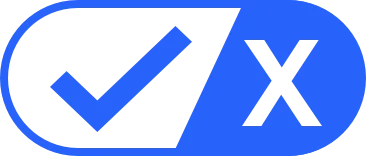As a real estate agent, one of your responsibilities is to educate your clients about various aspects of the homebuying process. One critical topic to discuss is mortgage insurance. Understanding what it is, when it is required, and how it affects the homebuying process and monthly payments is essential for both you and your clients.
What is Mortgage Insurance?
Mortgage insurance is a type of insurance that protects lenders against potential losses if a borrower defaults on their mortgage loan. It is typically required when a borrower makes a down payment of less than 20% of the home’s purchase price. This insurance provides lenders with a layer of protection, allowing them to offer loans with lower down payment requirements.
This requirement is applicable for conventional loans and FHA loans. Conventional loans are those not insured or guaranteed by a government agency, while FHA loans are insured by the Federal Housing Administration.
The cost of mortgage insurance is typically added to the borrower’s monthly mortgage payment. The specific amount depends on various factors, such as the loan amount, loan-to-value ratio, and the type of mortgage insurance chosen.
Types of Mortgage Insurance
There are different types of mortgage insurance available, including Private Mortgage Insurance (PMI) for conventional loans and Mortgage Insurance Premium (MIP) for FHA loans. PMI is usually provided by private insurance companies, while MIP is paid directly to the FHA.
Private Mortgage Insurance (PMI)
Private Mortgage Insurance, or PMI, is a type of insurance designed to protect lenders when borrowers make a down payment of less than 20% on a conventional loan. PMI allows lenders to offer mortgages with lower down payment requirements, making homeownership more accessible to a broader range of buyers.
PMI costs vary depending on factors such as the borrower’s credit score, loan-to-value ratio (LTV), and the chosen insurance provider. Typically, the PMI cost is calculated as a percentage of the loan amount and added to the borrower’s monthly mortgage payment.
Mortgage Insurance Premium (MIP)
Mortgage Insurance Premium, or MIP, is a form of insurance required for Federal Housing Administration (FHA) loans. Unlike PMI, which is provided by private insurance companies, MIP is paid directly to the FHA. FHA loans are popular among first-time homebuyers and borrowers with lower credit scores or smaller down payments.
Upfront MIP: FHA loans typically require an upfront MIP payment, which can be financed as part of the loan or paid in cash at closing.
Annual MIP: In addition to the upfront MIP, borrowers with FHA loans are required to pay an annual MIP premium, which is divided into monthly installments and added to the borrower’s mortgage payment.
MIP Duration: Unlike PMI, which can be removed once certain conditions are met, MIP for FHA loans is typically required for the entire loan term.
Understanding the types of mortgage insurance, specifically Private Mortgage Insurance (PMI) for conventional loans and Mortgage Insurance Premium (MIP) for FHA loans, is crucial for both homebuyers and industry professionals.
Cancellation and Removal of Mortgage Insurance
It’s important to explain to your clients that mortgage insurance is not a permanent addition to their monthly payments. Once their loan balance reaches a certain threshold and they have built sufficient equity in the property, they may be able to request the removal of mortgage insurance.
Typically, they will need to meet specific requirements related to their loan-to-value ratio (LTV), payment history, and home equity. Familiarize yourself with the guidelines regarding mortgage insurance removal. Clearly communicate these guidelines to your clients, ensuring they understand the steps involved in removing mortgage insurance.
Encourage your clients to monitor their loan-to-value ratio (LTV) and keep track of their home’s value and remaining loan balance. Once their LTV reaches a predetermined threshold, usually 80% or lower, they may be eligible to request the removal of mortgage insurance.
Advise them to maintain a strong payment history, with no late payments in the past 12 months, as this is often a condition for mortgage insurance removal. If they believe their home has appreciated significantly in value, they may consider requesting a new appraisal to lower the LTV and meet the requirements for mortgage insurance removal.
Direct your clients to contact their lender directly to inquire about the process of removing mortgage insurance. Provide them with the necessary contact information and guide them through any required documentation or forms.
You can also suggest that they make extra principal payments whenever possible to accelerate the accumulation of equity and expedite the removal of mortgage insurance.
Another popular solution to removing PMI is to discuss the option of refinancing their loan, which allows them to obtain a new loan without mortgage insurance if their LTV meets the requirements of the new loan program.
By following these steps and maintaining open communication with their lender, your clients can successfully remove mortgage insurance and enjoy the benefits of increased home equity.











